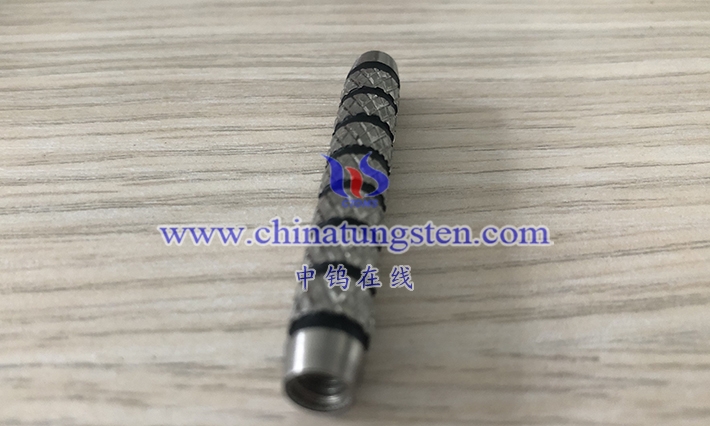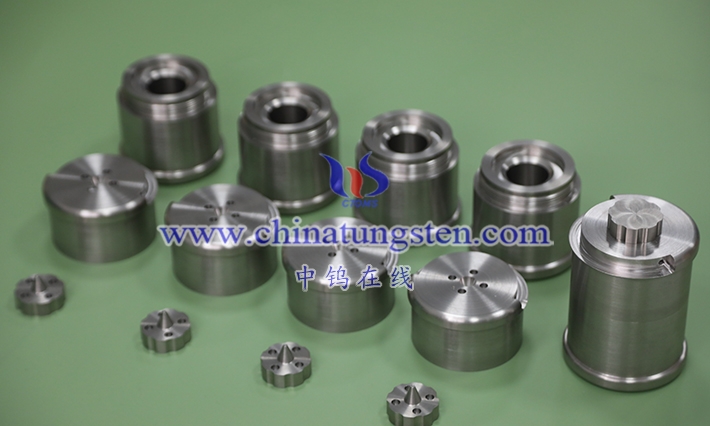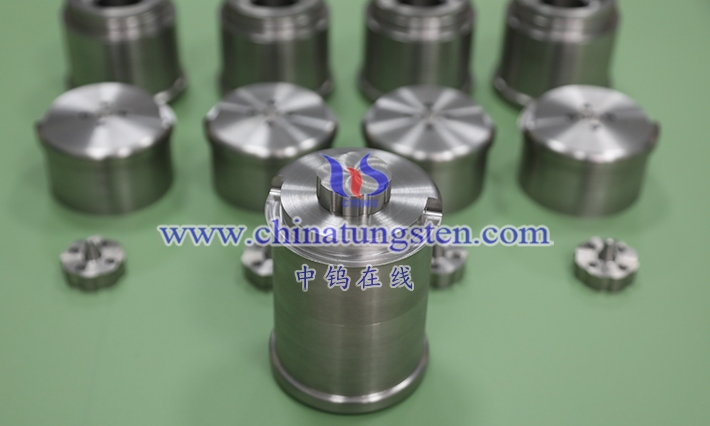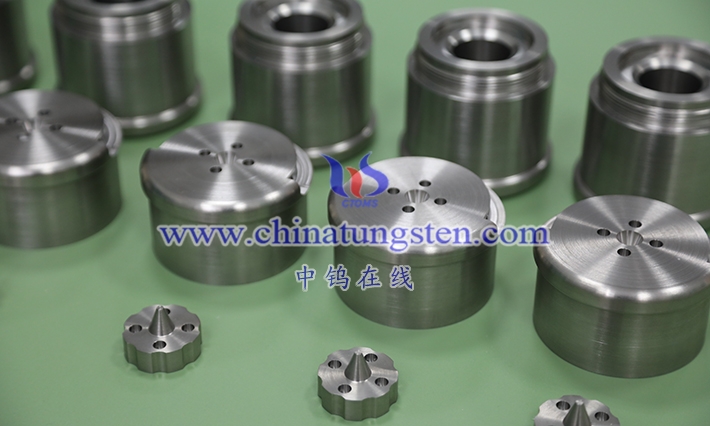Classifying tungsten alloy dart barrels by structure design is based on barrel outer contour and internal center-of-gravity distribution, dividing them into straight, bomb, torpedo, polygon, and wave five major systems, forming a performance spectrum from simple linear to complex dynamic. The classification originates from cross-validation of ergonomics and aerodynamics: straight emphasizes uniform grip and balanced center, bomb highlights mid-section bulge for optimal palm root support, torpedo focuses on front slim waist for enhanced front-weighted control, polygon introduces facets for improved tactile positioning, wave provides dynamic friction adjustment through axial undulation. Classification process includes 3D scanning player grip posture reverse-generating contour, finite element simulating center response, five-axis CNC one-forming blank, laser etching surface texture. Tungsten alloy powder metallurgy allows internal gradient cavities synergizing with external geometry, uniform density post-sintering, ensuring each structure achieves function-specific on high hardness base. In application, players select type by throwing style: wrist rotation linear chooses straight, arm swing explosive chooses bomb, fingertip precision chooses torpedo, spin creative chooses polygon, variable speed adaptive chooses wave. This classification promotes modular production, manufacturers reserving standard 2BA threaded interfaces, supporting cross-structure mixing. Environmentally, all structure scraps fully recycled, tungsten powder reuse rate consistent. Overall, structure design classification transforms barrel from static geometry to dynamic interaction Raise system, building “one person one type” competitive ecology.







